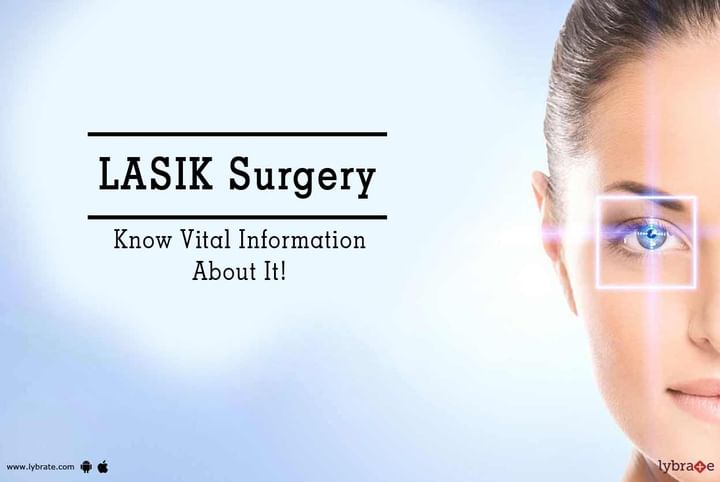LASIK Surgery - Know Vital Information About It!
Refractive surgery is the term used in describing various surgical procedures to correct vision problems like near-sightedness, far-sightedness, presbyopia and astigmatism. This surgery can be performed in order to reduce the dependence on prescription lenses. There are a few kinds of refractive surgeries that can be performed among which LASIK surgery is the most common. Other types of refractive surgeries include intraocular lens procedures, which may be more beneficial according to the needs of the individuals.
LASIK surgery
In this surgical procedure, near-sightedness, farsightedness, presbyopia and astigmatism can be corrected by laser. A microkeratome blade or a femtosecond laser is used to create a thin flap in the cornea. The corneal tissue underneath the flaps is then removed using excimer laser. After this, the flaps are laid back in place, thereby covering the removed corneal tissue. In the case of near-sighted people, LASIK is used in order to flatten the cornea, which is too steep and in the case of farsighted individuals, steep cornea is required. Also by smoothing irregular cornea, astigmatism can be corrected.
In order to consider LASIK eye surgery, one should first evaluate if the LASIK surgeon is right for them or not. After this, the procedure includes an examination of eye health, the kind of vision correction required, and the amount of corneal tissue removal required. Determination of other health factors that may cause disqualification of LASIK surgery is also necessary or there may be hazardous circumstances.
Other laser surgeries
It may so happen that an individual might not be qualified for LASIK. However, they might qualify for other laser eye surgeries like photorefractive keratectomy (PRK), LASEK and Epi-LASIK.
Other options
Individuals can also opt for surgeries that are non-laser for correction of their vision. An individual’s eye-structure and prescription are considered in order to determine what procedure would suit them best.
Common facts about LASIK
- It is a procedure which is outpatient, which means that individuals do not have to stay overnight at the surgery centre.
- This surgery usually requires less than 10 minutes and does not require anaesthesia. So individuals are generally awake during the surgery. In case of cornea reshaping, each eye requires about one minute.
- This surgery does not require time to heal. The healing process starts almost immediately after the procedure is completed. However, individuals may experience blurred vision and fluctuations in the vision for a few weeks.
- It is important that individuals schedule regular follow-ups after surgery. Vision usually becomes stable and entirely clear within a period of six months.



+1.svg)
